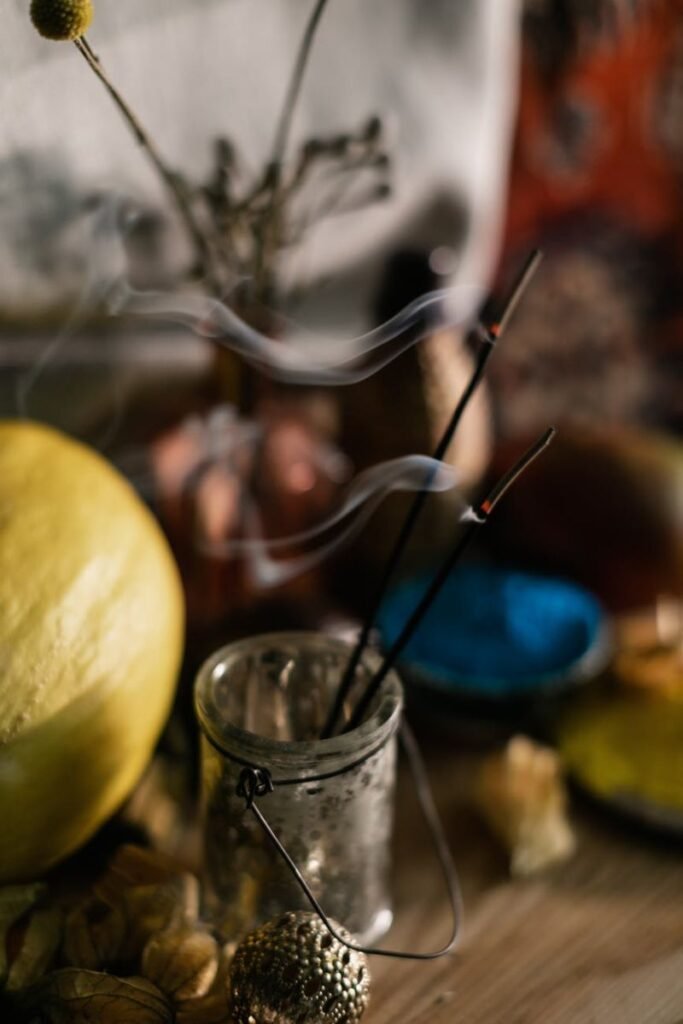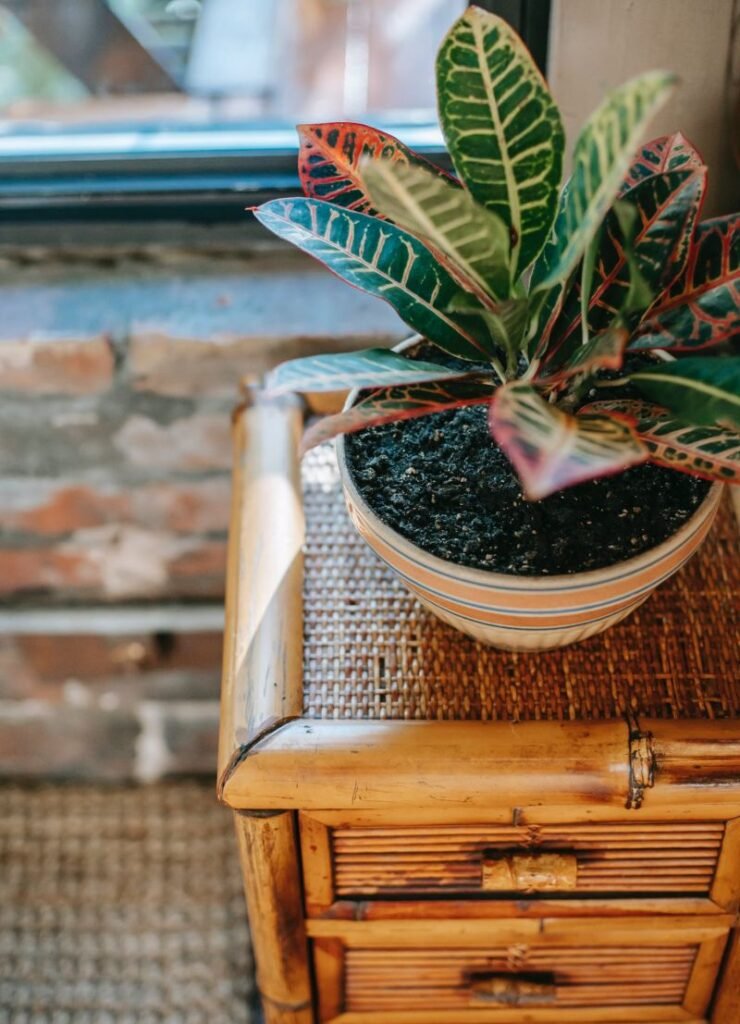Plants need your care and attention for their healthy sustenance. Who understands this better than a plant lover? This can sometimes make you try and experiment with different tricks and hacks. One such idea is using ash or incense ash. But is putting ash in plants a good idea? And can you put incense ash in plants? We want our plants to benefit from these additions but things may not be as easy or even useful when using incense ash.
Let’s get straight into the details.
Are Incense Ashes Good For Plants?
Incense is quite a popular and affordable item that you usually find in many homes. As the incense burns into ashes, it releases the aroma and we are left with the residual ashes, which we usually pick and throw. Or, what can you do with your incense ash?
I am fond of burning incense and have them in many scents. And when it comes to ashes, I pick the ashes and throw them away. But few plant parents use these ashes and put them in plants, but is this practice useful and are incense ashes good for plants?
If you too intend to add incense ash to plants, then first know what goes into making incense. Then plan your move.
Do You Know The Exact Ingredients Of Your Incense?
The main ingredients that go into making incense can include bamboo, a paste formed by mixing wood powder or charcoal powder, essential oil or artificial fragrances, and gum or resin to bind the ingredients together. The ingredients can vary by country of origin and intended purpose.
But as most of the brands rarely mention the list of ingredients, we can’t be sure of their natural and organic nature. What if they use toxic materials like dyes to impart specific colors?
When we are unsure of the ingredients then it’s always better to avoid adding incense ash to plants. You never know how it will affect the soil and the plants.

However, if you can corroborate the nature of incense sticks as 100% natural and organic then you can add the incense ash to the soil. But, do it occasionally. Don’t make it an everyday ritual.
And if you still are curious to know what can you do with your incense ash then you can collect it in a decorative small candle jar and use it as a medium to stand incense sticks. Try it. A simple disposal method is to gather them up and put them in the trash. There aren’t many uses for incense ash and it doesn’t make much sense to keep it around.
Is Incense Bad For Plants?
These days everyone is talking of essential oils and two best ways to reap their health benefits is through scented candles or incense sticks. And did you happen to think that what if you boost your plants’ health too by burning incense near them?
Let’s be logical. Burning incense near your plants can harm them in two ways: We don’t know the complete ingredients of incense. And the smoke rising from the burning incense is not healthy for your green friends. They don’t like it.
Instead of burning incense next to plants to spread the scent of essential oils, I recommend you to use an essential oil diffuser for your plants. Keep them near your plants and as the oils diffuse their scent, they benefit your plants. Here you should do a little research first on essential oils and which oils are best suited for your plants.
Is Ash Good For Plants? Use Wood Ash As A Fertilizer And Soil Amendment
Wood ash is the organic residue that remains after the combustion of wood. This residue may result from burning wood in a fireplace or bonfire. Hardwoods tend to produce more ash than softwoods.
It is rich in nutrients like calcium which has properties identical to agricultural lime. Calcium makes up to 20 percent of wood ash. It is a good source of potassium, phosphorus, and magnesium.
Wood Ash: A Natural Garden Fertilizer
Yes, wood ash has a fertilizer value with many essential minerals, derived from the trees. Wood ash increases the alkaline pH of your garden soil and buffers acidity. The range on pH scale goes from 0 to 14. On this scale, pH less than 7 is acidic and more than 7 is alkaline, while 7 represents neutral.
If you want to use wood ash for your garden, find out the pH requirement of your plants first. All plants have distinct preferences. If they are alkaline plants then add wood ash only if the soil is more acidic than alkaline.
Few plants and vegetables that love the dressing of wood ash are strawberries, stone fruit trees, dessert apples, pears, raspberries, citrus fruits, plums, and cherries. Alkaline vegetables like cabbage, cucumber, asparagus, spinach, okra, mustard, garlic, and onion grow out well in wood ash sprinkled soil.
Some flowers like lavender, barrage, lily of the valley, and phacelia bloom in wood ash mixed soil.
Wood ash makes an effective pest-repellent too. Wood ash can put off pests like snails, slugs, cutworms, and cucumber beetles. For the crawling pests encircle the plants with wood ash, while for the rest you can mix wood ash with water and spray on the plants.
Environmental Conditions And Your Efforts Determine Your Plants’ Health
Nothing can supersede the offering of mother nature for plants. There are no second thoughts about it! Plants are themselves gifts of nature and sustain primarily by sunlight, water, fresh oxygen, and nutrients rich soil. But your efforts towards their care and well-being hold significant importance.
As a plant lover, you have to know the fundamentals like what can boost their growth or impede it. And, if you are still in a dilemma, can you put incense ash in plants, then my suggestion is that you do it occasionally but only if you vouch for their organic nature. And if you are keen to use ash for plants then opt for wood ash as a natural fertilizer for your garden soil.

